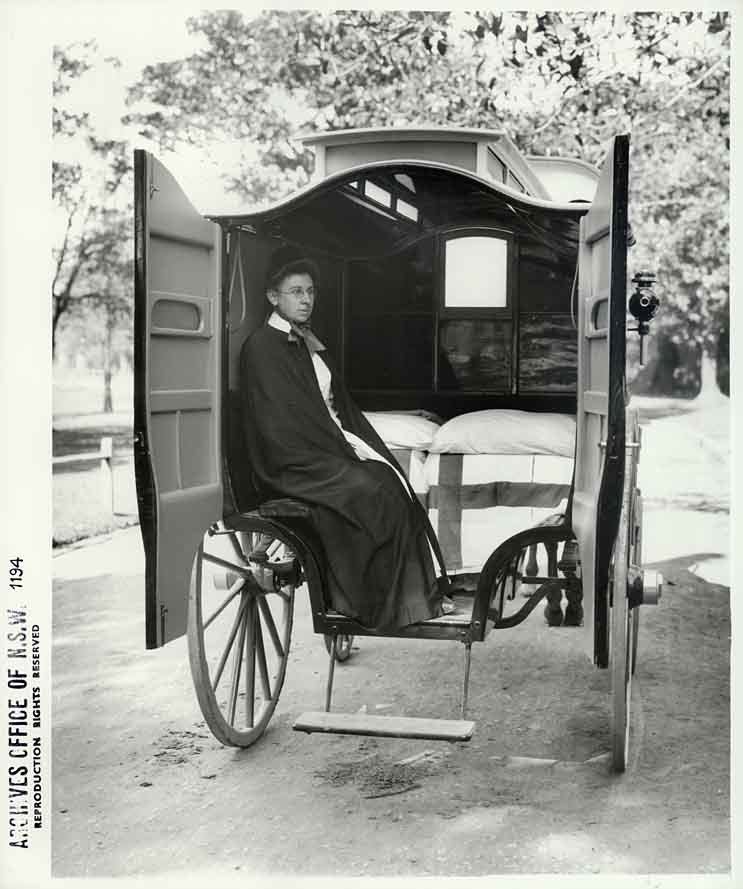 | ||
The Timeline of nursing history in Australia and New Zealand stretches from the 19th century to the present
Contents
1810s
1830s
1840s
1850s
1860s
1870s
1880s
1890s
1900s
1910s
1920s
1930s
1940s
1950s
1960s
1970s
1980s
1990s
2000s
References
Timeline of nursing history in Australia and New Zealand Wikipedia(Text) CC BY-SA
